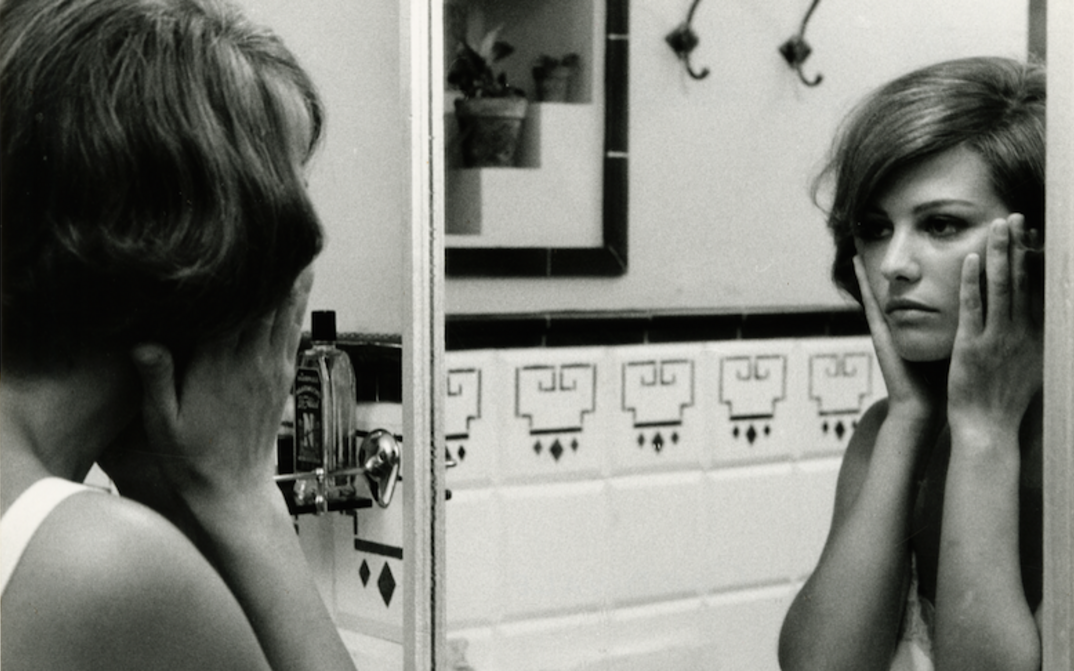Hommage Claudia Cardinale

Since the 60s, Claudia Cardinale (*1938) has been counted among Italian cinema’s most outstanding actresses. “The only normal artist in a milieu of neurotics and hysterics”, as Marcello Mastroianni put it, she played a vast range of different female characters in her own inimitable style across more than 100 international productions.
Claude Joséphine Rose Cardinale was born in Tunis in 1938 to Sicilian immigrants. In similar fashion to other female stars of the era (Lucia Bosè, Gina Lollobrigida, Sophia Loren, Silvana Mangano), her film career began by way of a beauty contest. In 1957, she was dubbed the most beautiful Italian woman in Tunis and won a trip to the Venice Film Festival, where she caught producer Franco Cristaldi’s eye, who placed the still-underage Cardinale under contract, which had far-reaching consequences for her private life. Gaining weight was forbidden, as was changing her hairstyle without the approval of her contractual partner. When Claudia Cardinale became pregnant as the result of a rape, the producer forbade her from making her pregnancy and subsequent motherhood public. It was only once Cardinale had married Cristaldi in 1967 that her son, by that time nine, found out that who he thought was his big sister was actually his mother. From 1958 onwards, Claudia Cardinale appeared in numerous Italian films, including Monicelli’s international hit I SOLITI IGNOTI. She had her first major role in Valerio Zurlini’s LA RAGAZZA CON LA VALIGIA (1961). One year later, she landed her first international success in the adventure film CARTOUCHE alongside Jean-Paul Belmondo. Her big breakthrough to world stardom followed in 1963 with three films that all form part of today’s film historical canon: OTTO E MEZZO by Federico Fellini, Blake Edwards’ The Pink Panther and IL GATTOPARDO by Luchino Visconti, with whom Claudia Cardinale worked a total of four times and who admired her proud, rebellious nature. In 1973, Claudia Cardinale separated from Franco Cristaldi, who made use of his influence to make sure that she hardly received any further film offers in Italy. She didn’t allow herself to be deterred, however, even if the loss of her former status carried radical changes in its wake. As a consequence, Claudia Cardinale shot ten films directed by her new partner Pasquale Squitieri, worked with renowned filmmakers such as Liliana Cavani, Werner Herzog, Marco Bellocchio, Henri Verneuil and Manoel de Oliveira and discovered her love of theatre at the age of 60.
In collaboration with the Istituto Italiano di Cultura di Berlino, we are showing a selection of 14 Italian (co-)productions from 1958 to 1971, the most fruitful period of Cardinale’s career. (Hans-Joachim Fetzer)
An event with the friendly support of the Istituto Italiano di Cultura di Berlino in collaboration with Cinecittà Luce and CSC Cineteca Nazionale. Our thanks go to Maria Carolina Foi.


